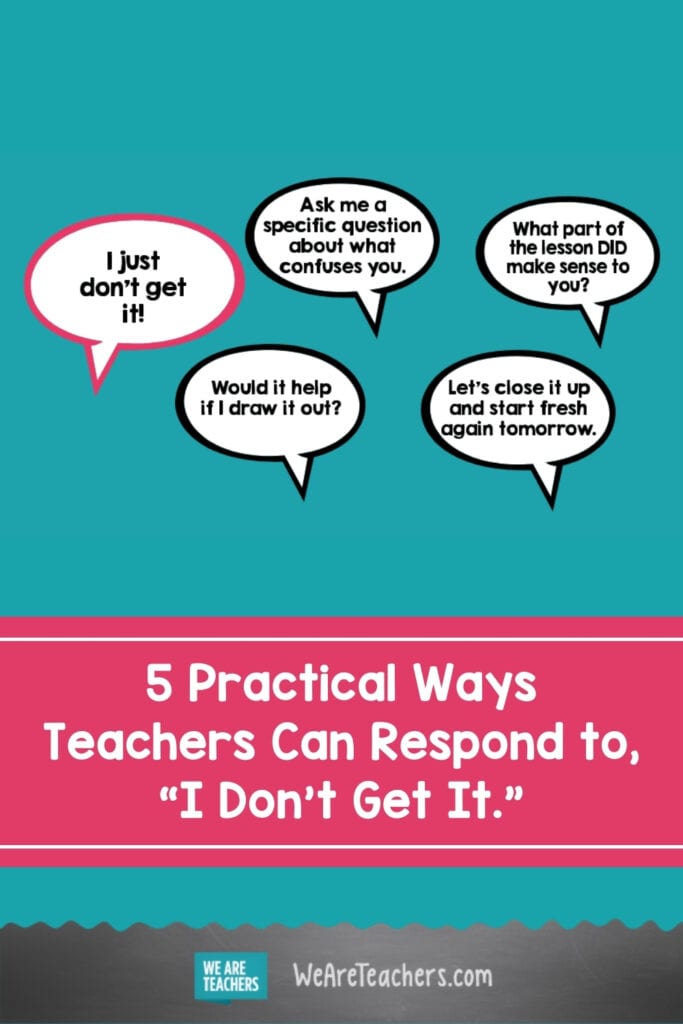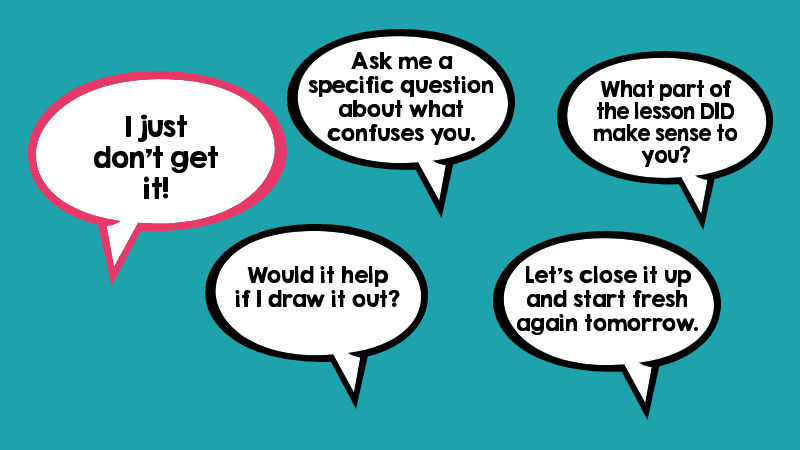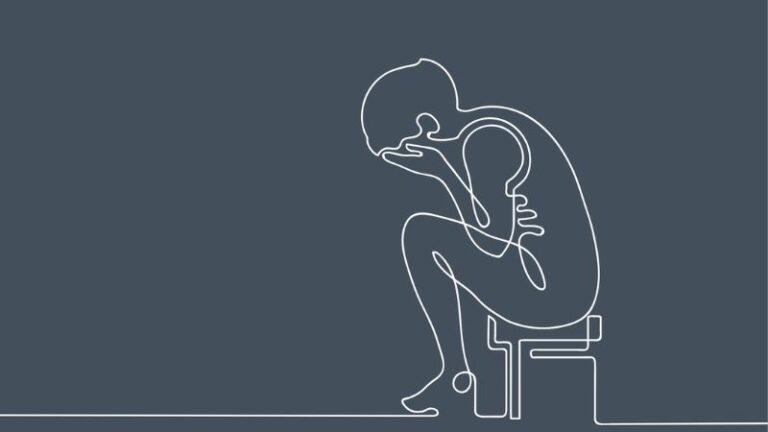As teachers we want our students to succeed and learn. We spend hours planning lessons, searching for creative ways to impart our content and have our students master the information. After all that preparation, it can be frustrating when a student looks up point blank and says, “I just don’t get it.”
Here are some practical ways you can respond:
“Ask me a specific question about what confuses you.”
Encourage the student to get specific about what they heard you say or saw you model. “I don’t get it” is a statement that takes all responsibility off the learner. We want our students to analyze what they don’t understand as opposed to relying on the teacher to figure it out. They may resist, but stick with it. Stay quiet and allow them the space to think it over.
Here’s an example:
- Student: I don’t get it.
- Teacher: Ask me a question about the way you saw me solve that math problem.
- Student: I don’t know, I don’t get it.
- Teacher: Ask me a question.
- Student: *Silence*
- Teacher: *Silence*
- Student: Why did you put the one over there and not here?
NOW, you have clearer information on how you can help. You can pinpoint the difficulty and INVOLVE the student in the problem-solving struggle.
[contextly_auto_sidebar]
“What part of the lesson DID make sense to you?”
Just because students tell you they “don’t get it” doesn’t mean they didn’t understand ANYTHING. Rather than start from square one explaining the concept, try to help students figure out where their brains got lost. This is also a great way to model perseverance and problem solving. Instead of merely throwing our hands up when things seem difficult, we step back, and focus on what we DO know to help us through what we DON’T know.
“Would it help if I draw it out?”
Get visual. Draw or find tangible ways to express the concept. Remember, mastering new ideas requires a learner to go through three stages: concrete, symbolic, and abstract. The concrete stage is all about “doing” and involving the learner physically. The symbolic stage is using images to represent ideas and concepts. ONLY then can we expect a student to learn abstractly. Children go through these stages at different speeds and paces. Make sure you have not jumped straight to the abstract.
“Let’s close it up and start fresh again tomorrow.”
It may sound crazy, but we all have days where things just “don’t make sense.” There are so many factors that affect learning. We’ve all been there–we didn’t sleep well or eat well, we had an argument with a friend, we are stressed about something … sometimes it’s just not worth it to push it with a child. It’ll end with frustration for both teacher and student.
Still not working? Try asking around.
It sounds simple but what’s simple TO do is also simple NOT to do. We get stuck in our patterns and our ways of teaching. When multiple students just don’t get it, consider chatting with other teachers on your team. Often, we can overlook obvious ideas that our colleagues may have already thought of! “Oh, you use that manipulative? I never thought to use it that way!”
How do you respond to students who “just don’t get it?” Share in the comments below!
Looking for more ways to help your students succeed in the classroom? Read about ways to motivate students…from the mouths of the students themselves!


